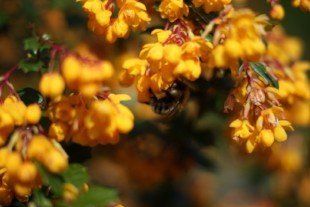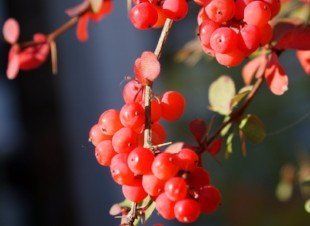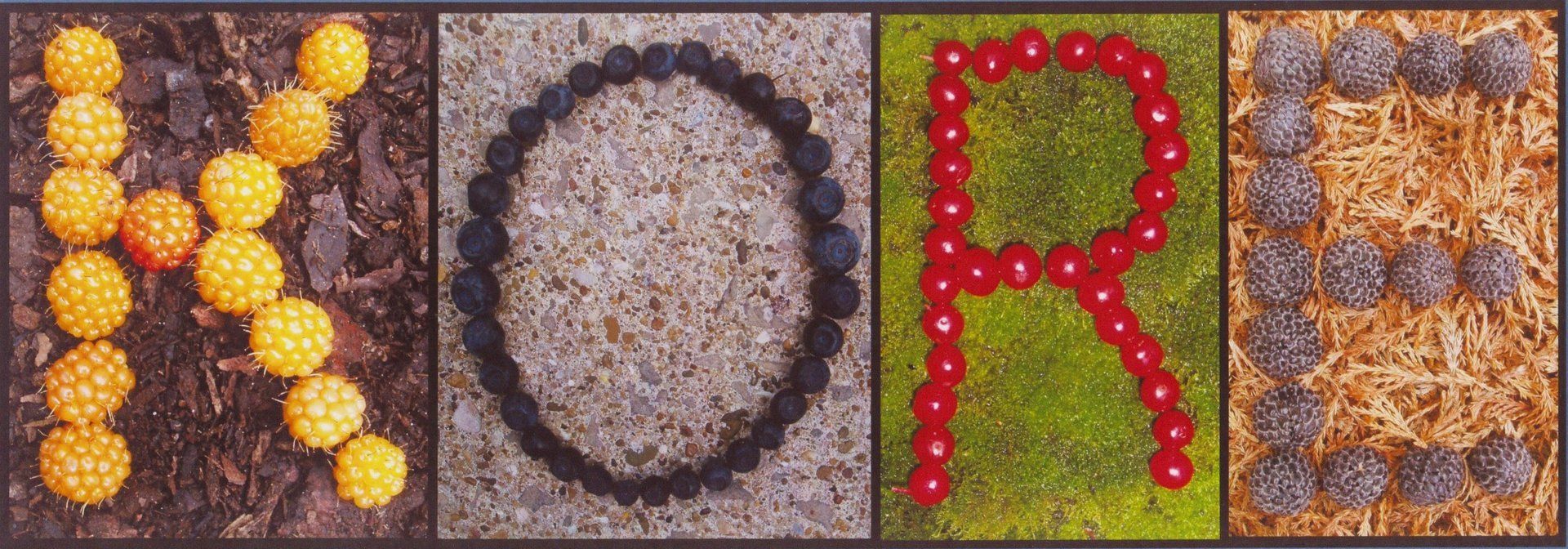Barberries (Berberis aggregata,
darwinii and vulgaris)

Young plants about 10 - 15 cm high, grown in 7 cm pots.
Order form
Large Shrubs
Native
B. aggregata Sold out
£6.50
B. darwinii Sold out
£6.50
B. vulgaris Sold out
£6.50
We have three types of barberries available;
The common native barberry B. vulgaris, deciduous and fruiting in the early autumn and good in a hedge;
darwins barberry, B. darwinii from Chile, an evergreen good in hedges which has a wonderful display of flowers in the early spring much used by bees, fruiting in mid-summer;
and the salmon barberry,
B. aggregata
from China, medium deciduous shrub whose translucent pink/orange fruits are ready in the late autumn,
Each of these are easy to grow, tolerating any well-drained soil, even chalk and making a good informal if rather spiny hedge. The only pruning necessary is that to keep it tidy, perhaps taking out weak and old stems to encourage new ones and all are self-fertile. Bees love the early, profuse yellow flowers.
Our native Barberry, B. vulgaris, has been accused of harbouring a black rust disease of wheat, which means it has been grubbed out of much of the country side over the years, a great shame as it was once widely cultivated for its fruit centuries ago. If you live in a wheat producing area, you might be best advised to stick to other varieties.

All three produce an abundance of acid berries that can be used in the same way as lemons, and were traditionally used to make a delicious jelly, in the past whole bunches of the berries were preserved in syrup. They are too acid to eat raw but are cooked in pies and tarts and used to make refreshing driink.

